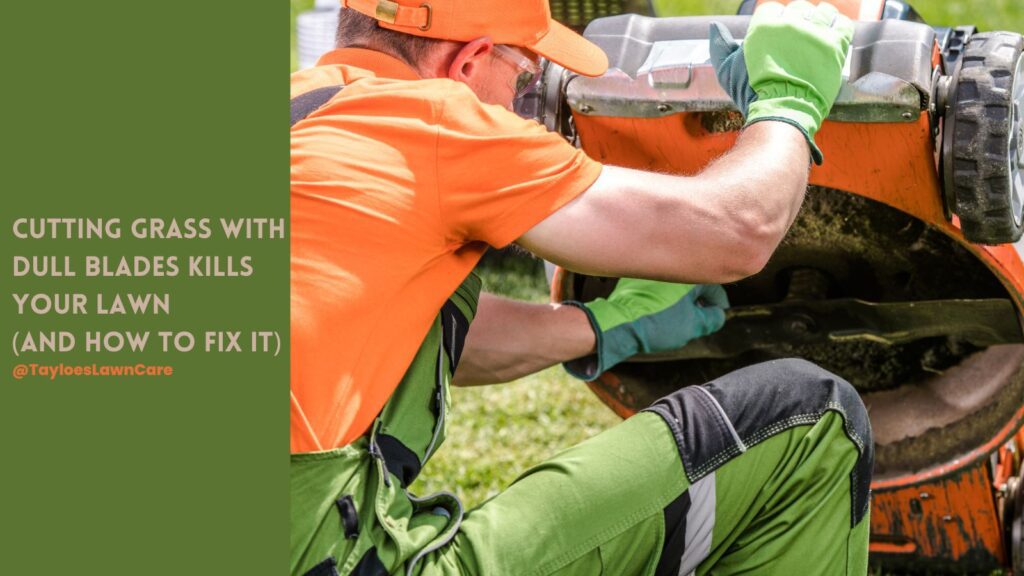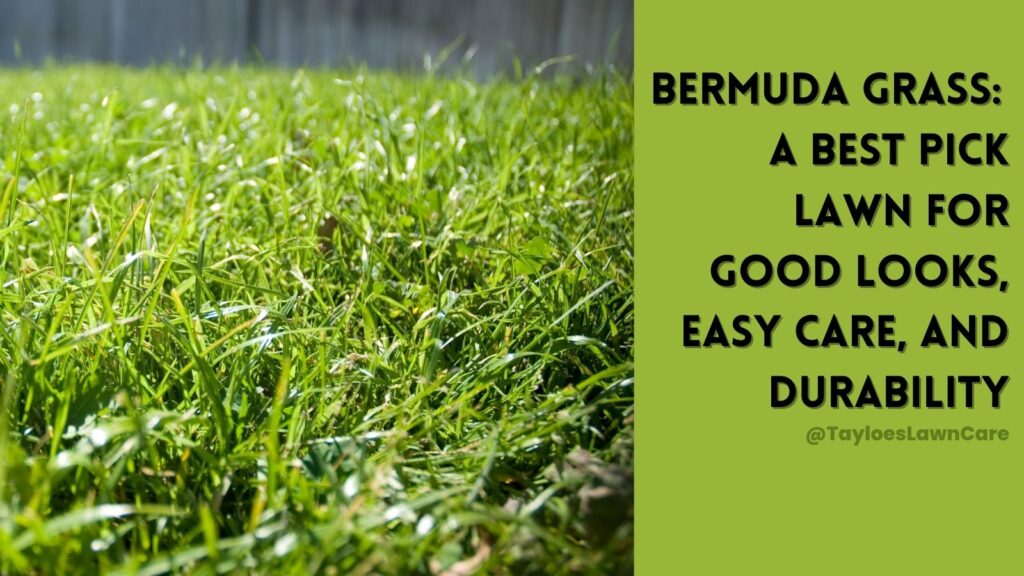Last Updated on: 23rd November 2023, 02:40 pm
Maintaining a lush and vibrant lawn can be challenging as summer peaks in North Carolina’s zones 7 and 8. The combination of intense heat and humidity can wreak havoc on your grass. It can lead to heat stress and other potential issues. But with these late summer lawn care tips from Tayloe’s Lawn Care Services experts in Aulander, NC, you can ensure your lawn remains healthy and beautiful throughout late summer.
This content will share six expert tips and tricks to combat heat stress and keep your lawn looking its best.
Please note that this content specifically targets late summer lawn care for northeastern North Carolina; specifically, our clients reside within USDA plant hardiness zones 7 and 8. But the same tips will likely work for you if you are in a similar climate zone.
Six Late Summer Lawn Care Tricks to Keep Your Grass Greener
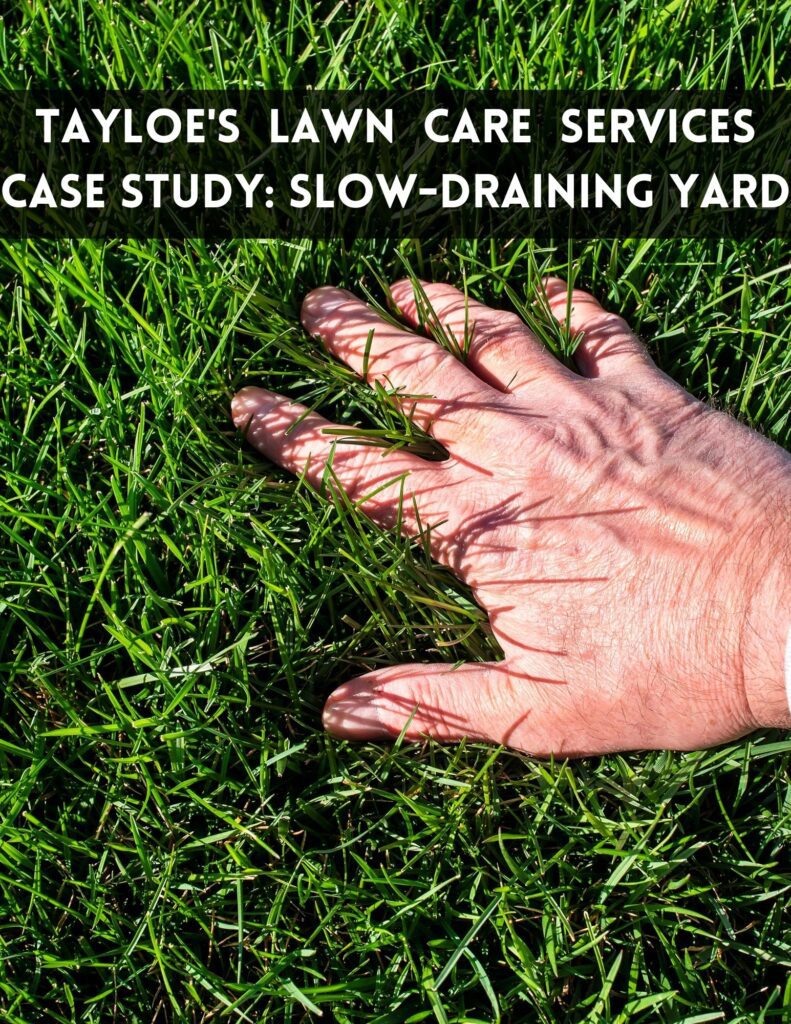
1 – Watering with precision:
Proper watering is crucial during late summer to prevent heat stress in your lawn. As temperatures rise and rainfall becomes less consistent, your grass relies on your irrigation efforts to stay healthy. Deep watering early in the morning is highly recommended, allowing the grass to absorb moisture before the scorching sun arrives.
This timing usually reduces the chances of water evaporation and ensures that the water reaches the roots effectively. Watering the grass deeply encourages stronger root growth. As a result, it makes your lawn more resilient to drought conditions. Aim for about an inch of water per week, considering rainfall and evaporation rates in your specific area. A rain gauge or a soil moisture meter can help you gauge the right amount of water your lawn needs.
2 – Mowing mindfully:
Adjusting your mowing routine can significantly impact the health of your lawn during late summer. Raising the mower blade to a higher setting is beneficial as the heat intensifies, leaving the grass a bit longer. Taller grass shades the soil, reducing evaporation and helping to keep it cooler. Longer grass blades also promote more robust root growth. Thus, it allows the grass to access moisture from deeper in the soil.
Mow during the coolest part of the day, preferably in the early morning or late evening. This helps to avoid stressing the grass further. Mowing when the temperatures are lower reduces the risk of heat stress and minimizes the shock to the grass. Regularly sharpen your mower blades to ensure clean cuts. Ragged cuts can leave the grass vulnerable to diseases and invite pests. Clean, sharp cuts promote healthier grass growth.
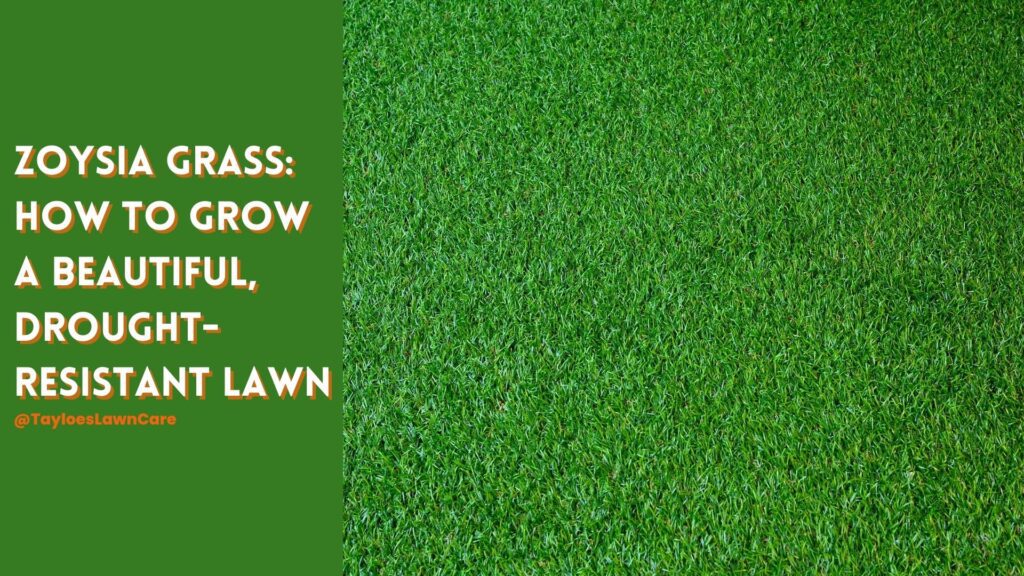
3 – Feeding for resilience:
Proper nutrition is essential for your lawn to withstand heat stress. Working with Tayloe’s Lawn Care Services can help you develop a tailored fertilization plan to meet the specific needs of your lawn. Late summer is the ideal time to apply a slow-release fertilizer with a high nitrogen content to promote healthy growth.
Nitrogen is a crucial nutrient for your lawn as it encourages strong root development and enhances your lawn’s ability to absorb water efficiently. However, applying fertilizers according to the recommended rates is essential to avoid over-fertilization, which can harm your grass. Tayloe’s Lawn Care Services can analyze soil and grass conditions to determine the right fertilizer and application schedule for optimal results.
4 – Aeration and overseeding:
Consider aerating your lawn to alleviate soil compaction caused by foot traffic and summer activities. Soil compaction restricts the movement of air, water, and nutrients to the roots of your grass. Thus, it may hinder their growth and health. Aerating involves creating small holes in the soil, allowing these essential elements to reach the root zone more effectively. This process helps to revitalize the soil and improves its ability to absorb water.
After aerating, it’s may be beneficial to overseed your lawn with heat-tolerant grass varieties that thrive in your specific zone. Overseeding fills in bare patches, improves the density of your lawn, and enhances its ability to resist heat stress. Tayloe’s Lawn Care Services can guide you in selecting the appropriate grass types, such as Bermuda grass or Zoysia grass, that are well-suited for our region’s climate and conditions.
NOTE: Aeration is best done as a preventive strategy in the spring or in the early fall as the heat subsides. But if you forgot about aerating your lawn, it’s worth considering if it appears unhealthy during the summer. Reach out to us, we can assess it for you and make recommendations. 252.287.3376.
5 – Proper weed and pest control:
Late summer provides favorable conditions for weeds and pests to thrive, posing a threat to the health and appearance of your lawn. Weed growth can compete with your lawn for essential resources, exacerbating heat stress. Employing appropriate weed control methods is crucial to maintain a healthy lawn. Spot treatments or the use of pre-emergent herbicides can effectively control weeds.
Spot treatments target specific areas where weeds are present, minimizing the use of herbicides and reducing the risk of damage to your lawn. Pre-emergent herbicides can be applied before weed seeds germinate, preventing their growth altogether. Regular inspections for pests, such as grubs or chinch bugs, are also vital. These pests can cause significant damage to your grass by feeding on the roots or above-ground parts. If detected, Tayloe’s Lawn Care Services can identify and make treatment recommendations, preventing further damage and promoting a healthy lawn.
6 – Limiting foot traffic:
During the hot summer months, limiting foot traffic on your lawn is best to avoid unnecessary stress on the grass. Excessive walking or playing on the lawn can compact the soil, impeding root growth and water absorption. Encourage family members, guests, and pets to stick to designated paths and avoid walking on areas that may be experiencing heat stress or showing signs of wear.
Additionally, consider using rubber furniture pads under heavy furniture to reduce the impact on the grass. These measures help preserve your lawn’s integrity and maintain its health during challenging late-summer conditions.
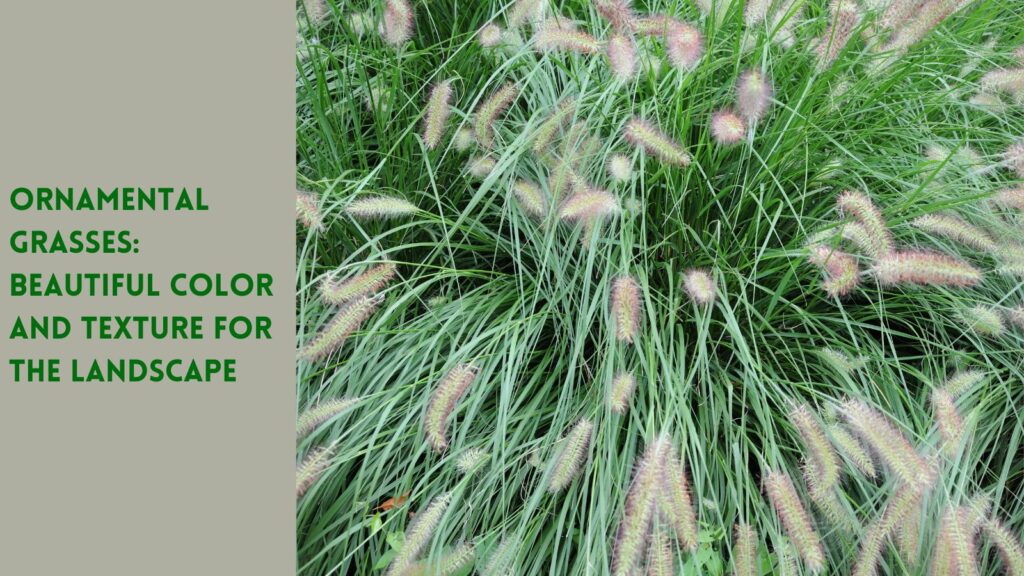
The Takeaway: These Late Summer Lawn Care Tips Can Preserve Your Grass in the Late Summer Heat
Remember to water carefully, mow mindfully, feed your lawn for resilience, aerate and overseed, control weeds and pests, and limit foot traffic. With these strategies in place, your lawn will be better equipped to withstand the heat and humidity of zones 7 and 8 in North Carolina, resulting in a stunning lawn that enhances the beauty of your property.
By implementing these essential tips, you can ensure that your lawn thrives throughout the late summer, maintaining its vibrant and healthy appearance into the early fall. Is the heat keeping you away from your late summer lawn care tasks? Connect with us! We are happy to take care of your lawn care and yard work. Call or text 252.287.3376 to connect. You can also reach out with us via Facebook.
Author Profile

- Deborah Tayloe is the CEO and co-founder of Tayloe's Lawn Care Services, LLC. She has a B.S.Ed and holds certificates in soil and water management and herbology from accredited programs.
Latest entries
 GardeningSeptember 27, 2025What perennials, shrubs, and trees don’t like fall pruning (and why)?
GardeningSeptember 27, 2025What perennials, shrubs, and trees don’t like fall pruning (and why)? Trees and ShrubsSeptember 14, 2025Fall Shrub Pruning Guide (September–October)
Trees and ShrubsSeptember 14, 2025Fall Shrub Pruning Guide (September–October) Trees and ShrubsApril 22, 2025Boxwood Blight: Early identification and isolation
Trees and ShrubsApril 22, 2025Boxwood Blight: Early identification and isolation Flower GardenApril 8, 2025John F. Kennedy Rose: Hybrid tea rose with elegant white blooms
Flower GardenApril 8, 2025John F. Kennedy Rose: Hybrid tea rose with elegant white blooms





